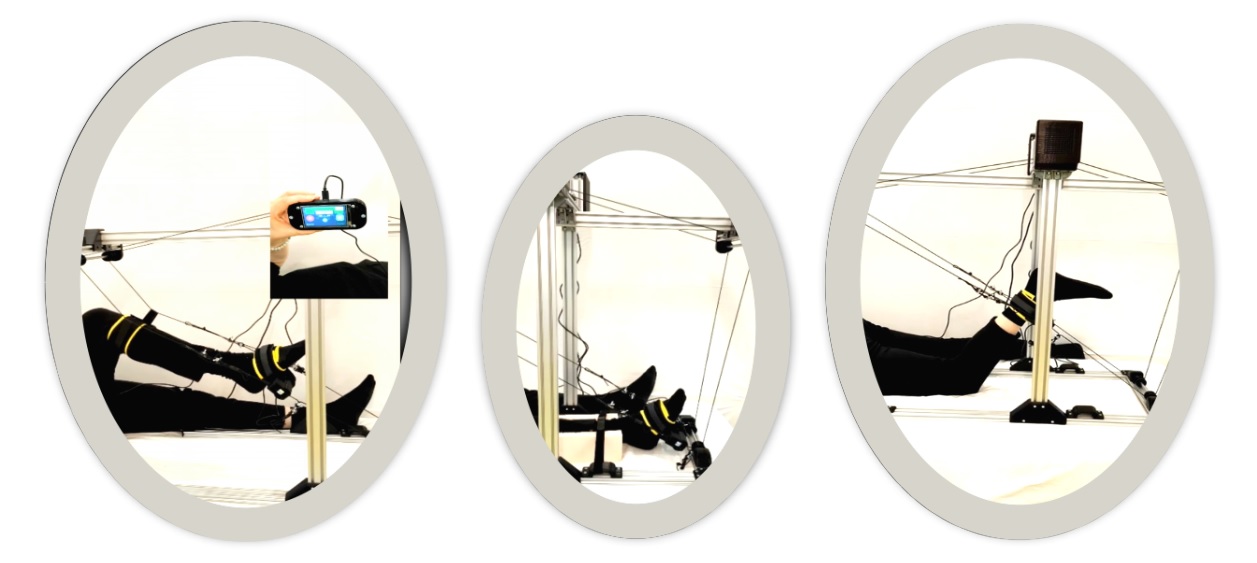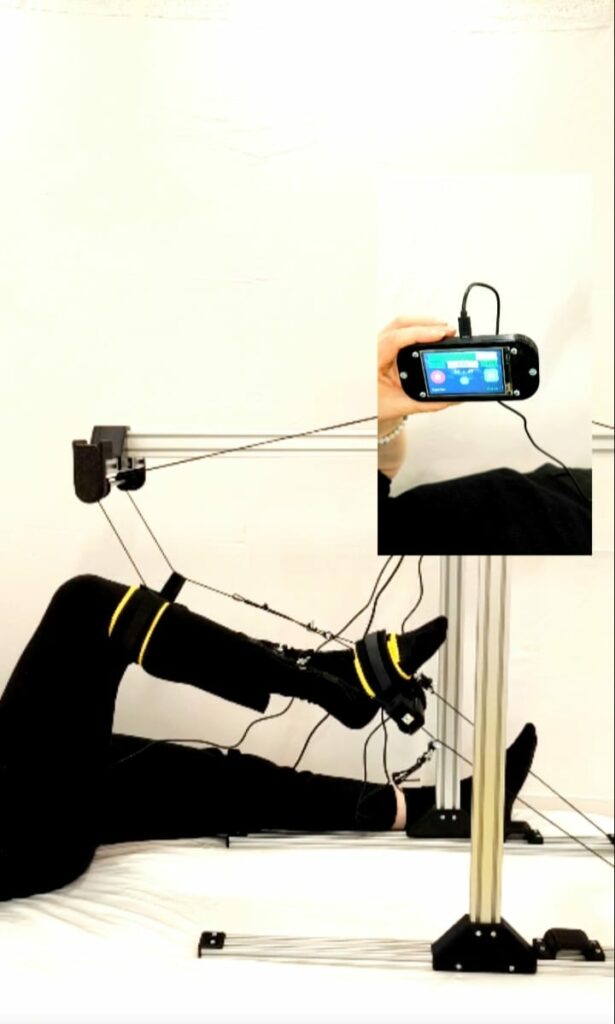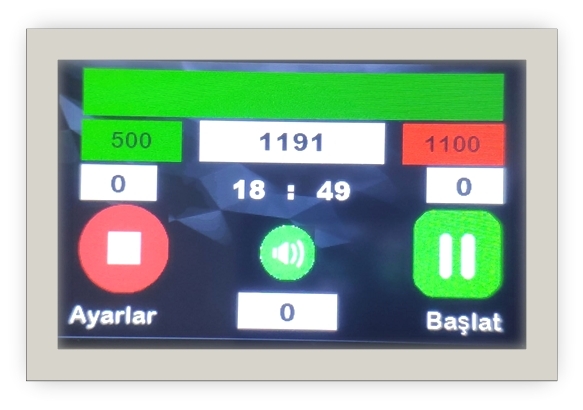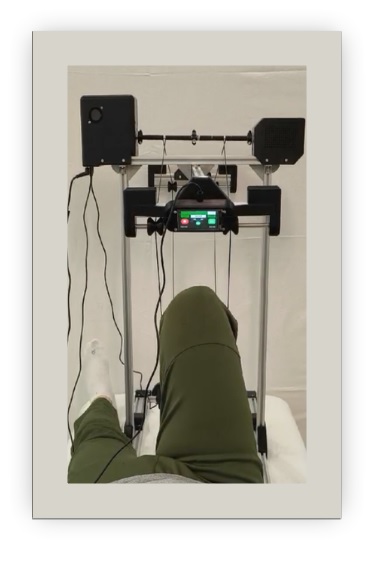Kartaltepe Mah. Sayfiye Sk.
No:8 Yılmaz Apt. Bakırköy/İstanbul
-
Call us: (+90) 530 608 35 93
-
Call us: (+90) 530 608 35 93
Legfizz; biofeedback-based isokinetic exercise device is a mobile device that can be easily used for ankle strengthening, hip and knee strengthening.
It is offered for sale at a more affordable price range compared to other related robotic devices.
The device is for individuals who have loss of movement due to neurological and orthopedic problems to exercise easily and painlessly:
The device can be used for children and adults, men and women.
Three movements are performed in the robotic leg device.
These ;

There are 3 types of exercises in 3 movements studied in the robotic leg device.
In individuals with loss of movement and contraction in the hip, knee and ankle, exercising with the device reduces the contraction, restores movement and strengthens these muscles by increasing the control of the muscles around the leg by the brain.
1-PASSIVE EXERCISE with robotic exercise device

On robotic exercise device
Passive exercises are performed for the desired duration and at the desired speed. In this way, after exercise, much more position data is sent to the brain compared to manual exercises, and healthy parts of the brain can take over the task of damaged areas.
2- BIOFEEDBACK SUPPORTED EXERCISE with robotic exercise device
In cases with tone problems (spasticity, dystonia, etc.), the brain often does not know in which direction it gives the command. For example, while trying to command the ankle to dorsiflexe (raise the ankle up), it may command planterflexion (bring the ankle down).
Application
In the biofeedback system, the individual can easily see in which direction he is moving, and since he sees which movement he is making, it becomes easier for his brain to give orders in the correct direction of movement.
While working with this device, the individual who cannot give a movement command enough to create movement within his own movement range sees the force he applies on the screen even when he applies a force that is not enough to create movement, and has the opportunity to participate in the movement in every movement range. In this way, the brain’s capacity to give orders to the leg muscles increases.

By taking advantage of the biofeedback feature, doing exercises that will increase the control of the leg muscles by the brain and strengthen the muscles around the legs.
Providing isokinetic exercise with biofeedback support is one of the most important features of this device.
Biofeedback is the process of converting an action occurring in the body into sound or image that can be perceived by the person.
Isokinetic exercise is defined as the person working with resistance in the direction of movement or vice versa while making the movement passive with any device.
The individual is connected to the device. The range of motion to be exercised is determined. The force range we want the individual to apply is entered in grams on the screen interface and the exercise is started. When the individual applies more or less force than the range we set, the system gives an audible and visual warning.

For example; Values between 500 grams and 1100 grams are entered into the interface on the screen. While the device is moving, the individual is asked to apply force within this force range. When the individual applies more than 1100 grams of force, the light on the right side of the screen turns on and an audible warning sounds. When the individual applies less than 500 grams of force, the light on the left side of the screen turns on and an audible warning sounds. The individual will have to constantly give commands to the pushing muscle to apply force in this power range.
In this way, the brain’s ability to control the pushing muscle will increase. The same process is applied to the leg pulling muscle. In order to increase the strength in the pushing muscle or pulling muscle, the amount of force we ask the person to apply is increased. While the brain’s ability to give orders increases, the muscles around the legs are also strengthened.